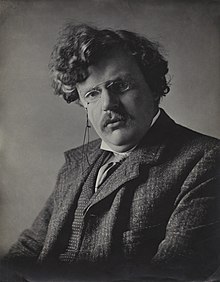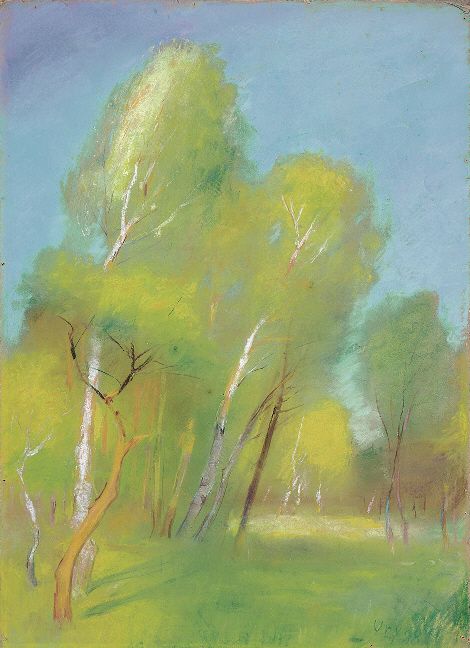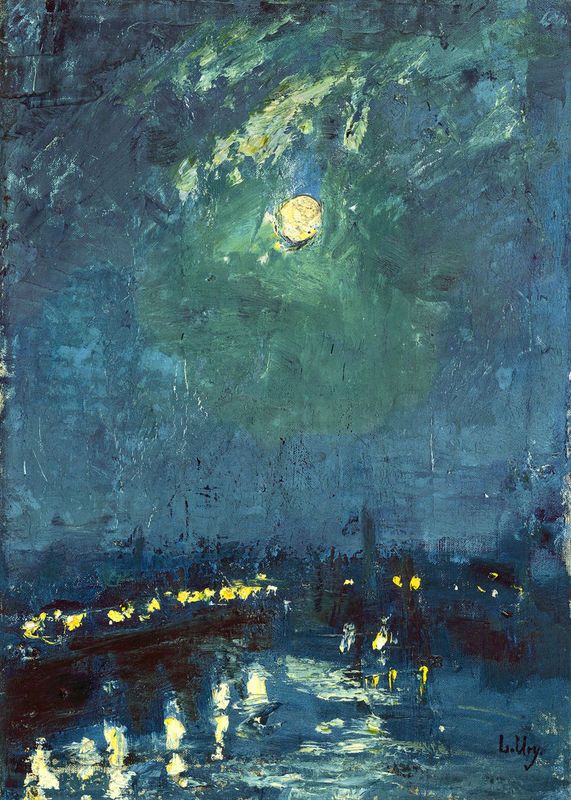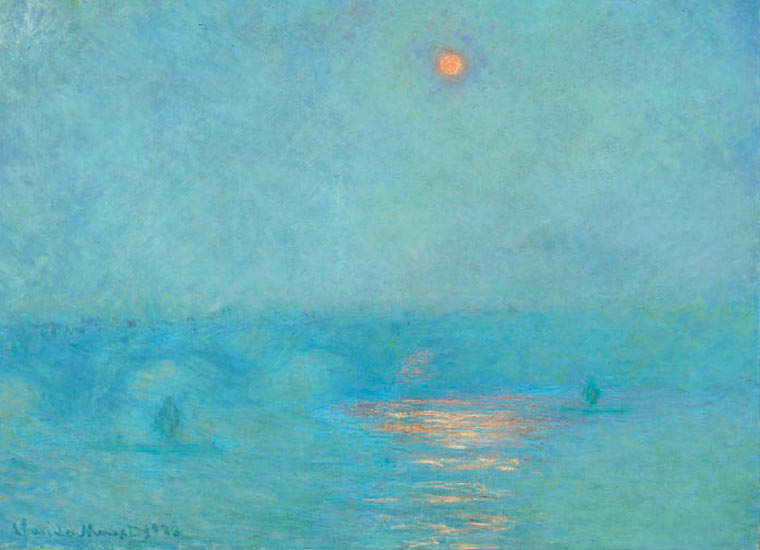http://www.artclay.co.uk/Art Clay, sometimes called silver clay, gold clay, metal clay, or precious-metal clay, is made by Aida Chemical Industries in Japan: it's a composite material, made of fine silver or gold powder and a harmless water-based organic binder.
Straight from the packet, it looks and feels like plasticene: so you can shape it easily, using familiar modelling tools and similar techniques. Its flexibility makes it a versatile material, ideal for home and business jewellers, metalsmiths, craftworkers, modelmakers, glass studios, potteries, and art colleges.
You can design and make your own unique anklets, beads, bracelets, brooches, charms, earrings, keepsakes, necklaces, ornaments, rings, and seasonal decorations.
Silver clay is available in two forms, Original and the newer 650: Original fires at 800°C and 650 at 650°C, held for 30 minutes. The fired metal is solid silver, which can be hallmarked as pure 999 silver.
Gold clay fires at 990°C, held for 60 minutes. The fired metal is a solid alloy made from 91.7% gold and 8.3% silver, which can be hallmarked as 22 carat gold.
You can add silver clasps to clothes, overlays to gift cards, motifs to handbags, highlights to wood, ceramics, glass, and shells, and make complex pieces using cutters, moulds, shaping tools, stamps, and texture sheets.
All the products mentioned on these pages are in the on-line shop: use the shop link below the menu bar near the top of the page.Navigating Art Clay UK.
The menu bar is the horizontal line near the top of the page. To navigate, click the links above and below the menu bar. They'll change colour just before you click so you'll know you're on the right words.
Click links above the menu bar to leave this resource and open new ones. Click links below the menu bar to stay here and look at other pages, shop on line, or mail questions.
Some links are context-aware, so the page will have links to related pages. From any other page, click the main-menu link to return to this front page.
There are no clickable words in the main text. However, there are lots of mouse-over words that generate context-sensitive pop-ups: a useful, and optional, way of explaining things. Try it here.
| SHOPPING |
Art Clay UK Prices Include UK VAT And UK Mainland Delivery.
You can shop here now: on line or by phone with a card, or by post with a cheque. Prices include UK VAT and insured door-to-door UK-mainland delivery: there are no other charges. For other destinations, mail or call.
| ART CLAY: A GENERAL INTRODUCTION |
Silver, Gold, And Art Clay.
Alchemy is a medieval belief that non-precious metals could be turned into gold. Although personal desire and chemical optimism did not create gold from something not-gold, the magic of the idea is still very powerful.
Suppose you want to make a silver heart for a necklace. You need silversmith's skills to cut, file, smooth, drill, and polish a piece of silver. It takes a long time, mistakes are expensive, and offcuts are hard to recycle.
Now suppose you want to make a modelling-clay heart. You need no special skills to shape, smooth, and dry a piece of clay. It doesn't take long, mistakes can be corrected, and offcuts can be kneaded back into a re-useable piece of clay.
Now make an ArtClay Silver heart, shaping it just as you did with the modelling clay. Dry it, fire it, and it turns into a shining solid-silver heart. The alchemy magic is that it's real metal.
Art Clay is a clay-like material made of fine silver or gold powder and water-soluble organic binders. As it's fired, the binders vapourise, releasing very small amounts of non-toxic carbon dioxide and water vapour, and the metal powder sinters, leaving solid 999 silver or 22 carat gold. Real metal, not something that just looks like metal.
| ART CLAY |
Aida Art Clay: Real Silver And Gold As A Clay, Paste, And Paper, Or In A Syringe.
Art Clay, sometimes called silver clay, gold clay, metal clay, or precious-metal clay, is made by Aida Chemical Industries. It's available as 650 silver clay, original silver, slow dry, slow tarnish, water paste, oil paste, overlay paste, syringe clay, paper clay, gold clay, gold paste, gold foil, copper clay, and cork clay.
Art Clay is easy to fire in your kiln: put your dry pieces in the kiln and programme the temperature and hold-time. Or you can try it on your kitchen gas hob, on a camping gaz ring, or with a butane torch.
The firing temperature and time are important: metal clay has to sinter, not melt. There's a difference between sintering and melting: during sintering, the binder in the clay vapourises and the metal powder particles bond to produce solid metal whereas, during melting, the metal powder particles liquify and lose their original clay-shape.
Comprehensive instructions are included with the product although, as with many materials, make time to experiment rather than accept general recommendations as definitive.
If you're currently using PMC, try Art Clay. There are differences in the feel, the shrinkage, the strength, the surface lustre, the product range, the pricing, and the general commercial setup if you're running a serious business.
| SILVER AND GOLD CLAYS |
Aida Art Clay: Real Silver And Gold As A Clay.
Art Clay water-based silver and gold clays look and feel like dull grey and dull yellow plasticene or polymer clay, and can be shaped easily using familiar modelling tools and similar techniques. Silver clay comes in regular, slow-dry, and slow-tarnish: gold in regular.
The slow dry silver clay stays malleable for about four times longer than the regular clay: so it's ideal for beginners, or anyone making thin, delicate, or intricate shapes.
The slow tarnish silver clay is slower to tarnish. However, remember that all silver, not just Art Clay silver, tarnishes due to environmental oxidants and pollutants.
Silver clay, after firing, is solid silver, which can be hallmarked as pure 999 silver. Gold clay, after firing, is a solid gold and silver alloy, which can be hallmarked as 22 carat gold: 91.7% gold and 8.3% silver.
Silver clay can be combined with a wide range of materials, before firing: beads, copper, dichroic glass, pearls, porcelain, polymer clay, semiprecious gems, and fine silver findings.
Its easy-to-use flexibility makes it a versatile material, ideal for home hobbies, jewellery making, craft businesses, glass studios, ceramic cafes, metalsmiths, modelmakers, and potteries.
Its easy-to-use flexibility makes it a versatile material, ideal for home hobbies, jewellery making, craft businesses, glass studios, ceramic cafes, metalsmiths, modelmakers, and potteries.
| SILVER AND GOLD PASTES |
Aida Art Clay: Real Silver And Gold As A Paste.
Art Clay water-based silver clay paste, oil-based silver paste, water-based silver overlay paste, and water-based gold paste, look and feel like dull grey and dull yellow double cream, and can be applied with modelling tools or a soft moist brush. The water-based silver paste comes in regular and slow-tarnish: the gold in regular.
The water-based silver paste has three main uses: to paint onto a mould; to add shape to existing unfired silver clay; or to stick two pieces of unfired silver clay together.
The oil paste has three main uses: to add shape to existing fired silver clay; to stick two pieces of fired silver clay together; or to repair a broken fired silver piece.
The overlay paste has one main use: to add silver highlights, texture, or decoration to fired silver clay, glazed ceramics, glass, or porcelain.
The water-based gold paste has four main uses: to paint onto a mould; to add shape to existing unfired gold clay; to add gold highlights, texture, or decoration to fired silver clay, glazed ceramics, glass, or porcelain; or to stick two pieces of unfired gold clay together.
| SILVER CLAY IN A SYRINGE |
Aida Art Clay: Real Silver In A Syringe.
Art Clay water-based silver clay in a syringe looks and feels like dull grey toothpaste, and can be squeezed out to make fine patterns. The silver clay comes in regular and slow tarnish.
It has three main uses: to create delicate patterns, either on unfired silver clay or on a cork clay mould; to add shape to existing unfired silver clay; or to stick two pieces of unfired silver clay together.
| SILVER CLAY AS PAPER |
Aida Art Clay: Real Silver As A Paper.
Art Clay silver clay as paper looks and feels like thick soft aluminium foil, and can be cut easily with a modelling knife or a shaped cutter.
It has two main uses: to create flat, folded, curved, or hollow shapes; or to add shape to existing unfired silver clay. Although it can be used for origami-like shapes, it's thicker than ordinary paper so can't be folded and refolded neatly.
| CORK CLAY |
Aida Art Clay: Real Cork As A Clay.
Art Clay cork clay is a clay-like material made from fine cork particles and water-soluble organic binders. It looks and feels like thick biscuit-mix, and can be shaped with modelling tools or a soft moist brush.
It has one main use: to create a mould on which to build a metal-clay shape, particularly for a delicate or hollow piece that needs support until it's fired. The cork burns away during firing.
| ART CLAY: NOTES |
Art Clay.
All metal clays shrink slightly during firing, so it's important to do some tests before starting on your best ideas. However, it does mean that details and textures become more focused.
All particulates represent a health risk if they're breathed in, so it's very important to wear a HEPA mask when mixing powders, handling charcoal, sanding dried clays, and cleaning out your kiln. Ideally, use protective glasses.
Clays, charcoals, dust masks, electric kilns, hot gloves, magnetic polishers, protective glasses, rotary tumblers, shelf paper, and other tools and materials, are in the on-line shop: use the shop link below the menu bar near the top of the page.
| ART CLAY UK |
Aida Art Clay: Real Silver And Gold As A Clay, Paste, And Paper, Or In A Syringe.
This internet resource is provided by Cherry Heaven, an international distributor, on-line shop, and support centre for kilns, accessories, tools, materials, and tumblers. It's not a bead, ceramics, crafts, glass, or metal-clay home-business, selling a few things to a market niche.
As it's an on-line resource, there isn't a paper catalogue or a price list. However, you can mail or call a technician about kilns,power supplies, public area safety, a special project, business ideas, diagnostics, repairs, or reselling opportunities.
| CHERRY HEAVEN |
Cherry Heaven Limited, West Holme Cottage, West Holme, Wareham, BH20 6AQ, Dorset, England.
Cherry Heaven is an on-line shop in West Holme, Dorset, South-West England. The surrounding countryside includes green farmland, dramatic heritage cliffs, pretty stone cottages, historic buildings, sandy beaches, protected coves, open heathland, hill-top panoramic views, and peaceful villages. And lively seaside resorts. To look at some photos, use the dorset link on the front page.
Cherry Heaven is an EU distributor for US-made Paragon Kilns, and has been commended for an outstanding performance as one of Paragon's top-selling distributors over 2007 to 2014: a pleasing outcome since the UK is only one third the area of Texas and one fortieth the area of the US.
Cherry Heaven was the name of the business in West London then the shop in Corfe Castle village. Although there's no longer a shop, Cherry Heaven is still the working name.
| PARAGON INDUSTRIES |
Paragon Industries Incorporated, 2011 South Town East Boulevard, Mesquite, Texas, 75149-1122, USA.
Paragon Industries started as a family business in 1948. It's now the world's leading manufacturer of electric kilns and furnaces, and has built over 420,000. The 4,400 square-metre site, in Mesquite, Texas, USA, has over 70 full-time staff. A new 1,700 square-metre warehouse is under construction.
During manufacture, every kiln is checked at every stage by a technician and signed-off before shipping. They're simply but robustly engineered, and you're buying a comprehensive, versatile, safe, low-cost kiln: a kiln with a future.
Paragon kilns conform to the demanding UL 499 standard in the US, and are CE Marked for the EU. Paragon is Greek for Model Of Perfection.
| CLASSES AND COURSES |
The Kitiki Studio's Classes And Courses.
The Kitiki Studio provides an Art Clay educational programme, as classes, masterclasses, workshops, and Art Clay Level 1 and Level 2 certification. However, as we're in a rural area, I can recommend teachers that might be nearer. If you're interested,mail or call.
| SHOPPING |
On-Line Shopping At Cherry Heaven.
If the delivery address is within the UK mainland, and the shipping weight is less than 30kg, the prices include UK VAT at 20.0% and door-to-door delivery: there are no other charges, unless it's a low-value order.
If the delivery address is outside the UK mainland or classed as highlands and islands, even if it has a UK postcode, there'll be an additional distance-related delivery charge, so check the shop page or mail or call with your delivery address and shopping list. If the invoice address is not in the EU, you don't pay UK VAT: so the prices will be 20.0% less.
The on-line shop link is below the menu bar near the top-right of the page: you won't have to create an account, register, log on, look up your membership number, remember a password, sign up, join a club, or agree to be emailed.
| DISCOUNTS AND RESELLING |
Discounts, Trade Prices, And Business Opportunities.
For arts centres, ceramic cafes, colleges, course providers, resellers, schools, studios, universities, and workshops, making multiple or regular orders, there are lower prices for most products. You don't need to set up an account: just mail or call. There isn't a set percentage discount that applies to everything: it depends on quantity and value. Discounts are intended for resellers, or those setting up a classroom, technical facility, or working studio: not individuals buying one product.
| COPYRIGHT |
The content is Cherry Heaven copyright, 2003-2014. Cherry Heaven is a UK registered business. Any other names used are probably registered trademarks.
The Copyright Act 1988 generally protects the rights of authors, composers, and artists, until 70 years after their death. Nearly every country has agreed to respect international copyright.
The Act says that you cannot copy, redistribute, perform, broadcast, translate, or adapt, original literary, musical, or artistic works, without the owner's permission. So don't copy this design, text, audio, or video.
The Act says that you cannot copy, redistribute, perform, broadcast, translate, or adapt, original literary, musical, or artistic works, without the owner's permission. So don't copy this design, text, audio, or video.

















 Claude Monet
Claude Monet